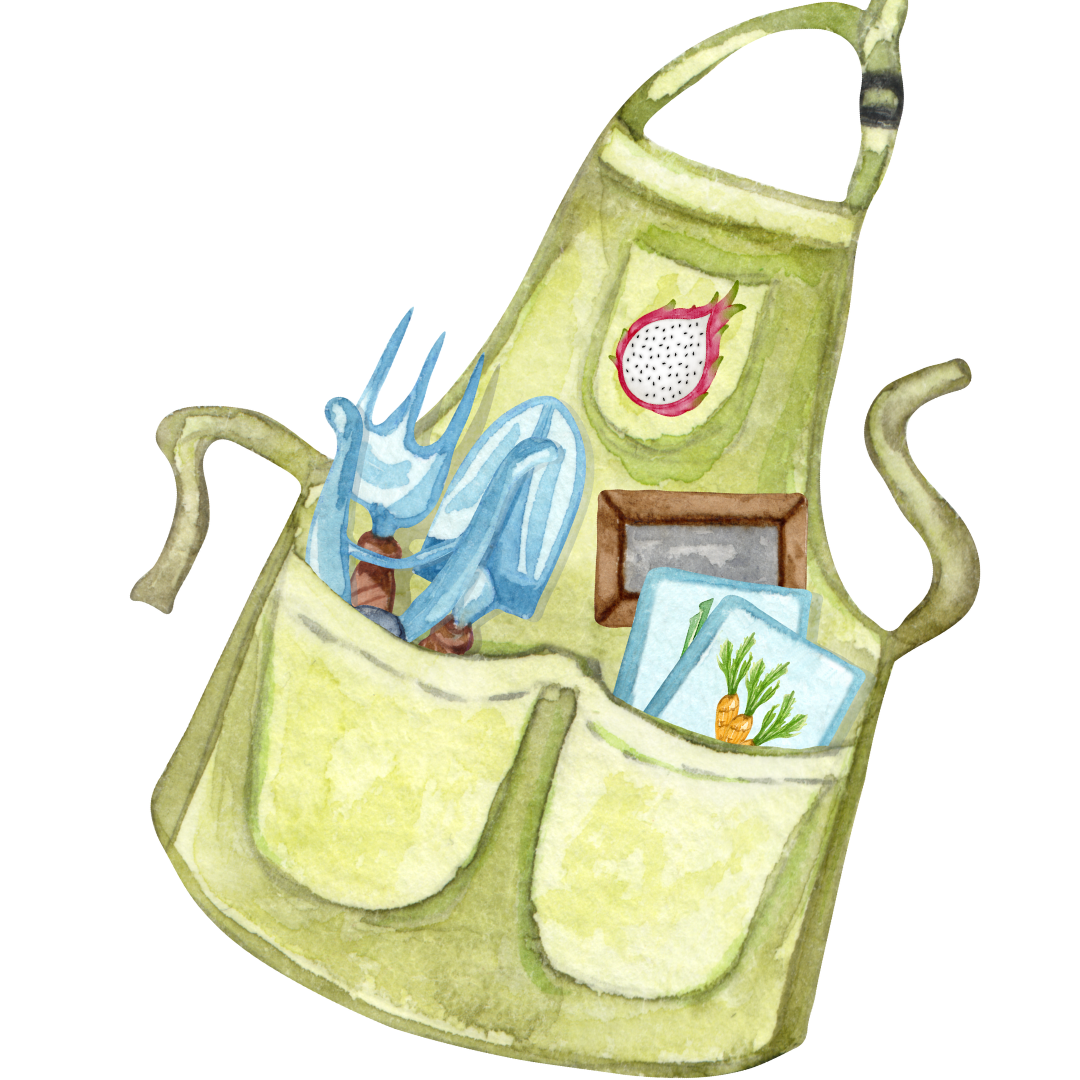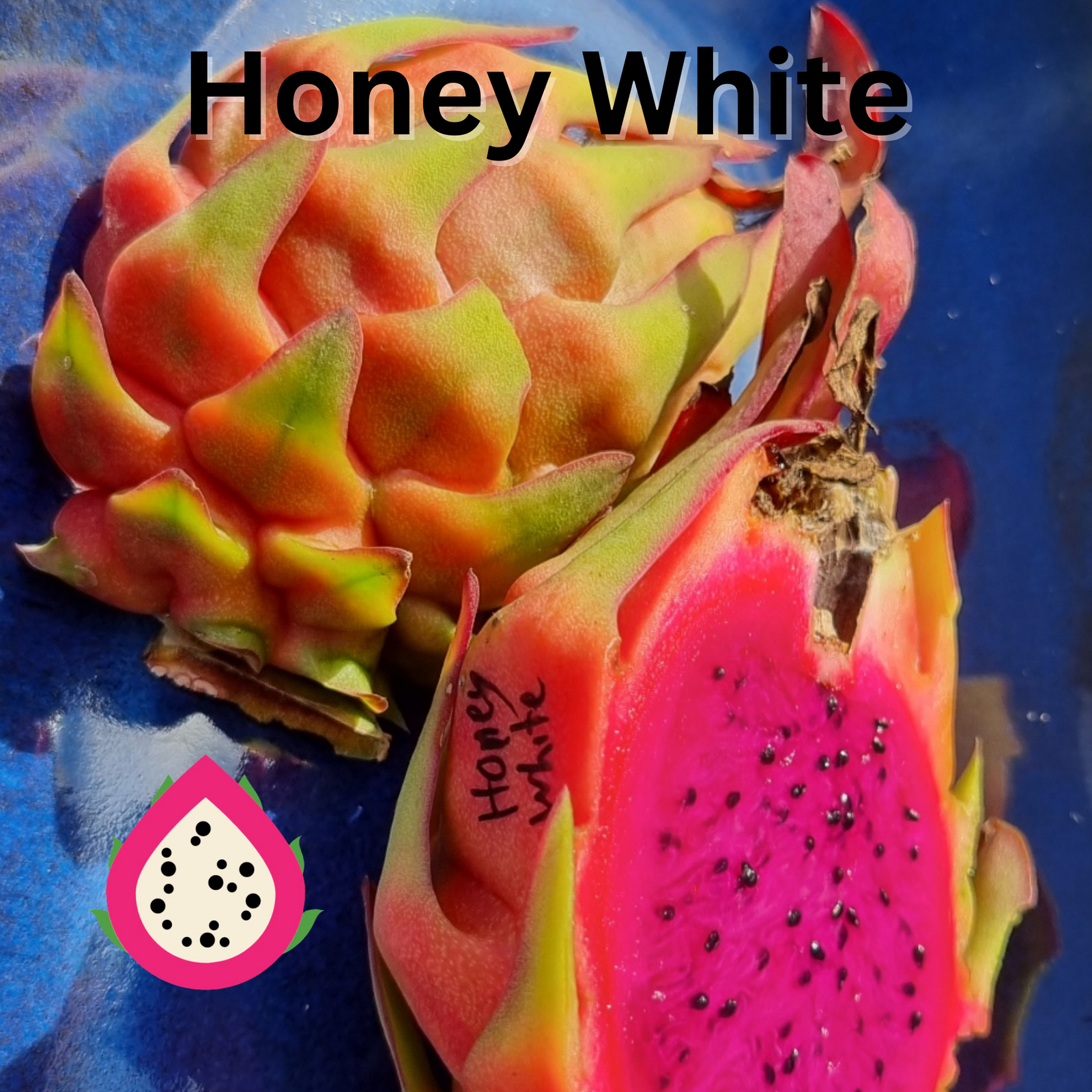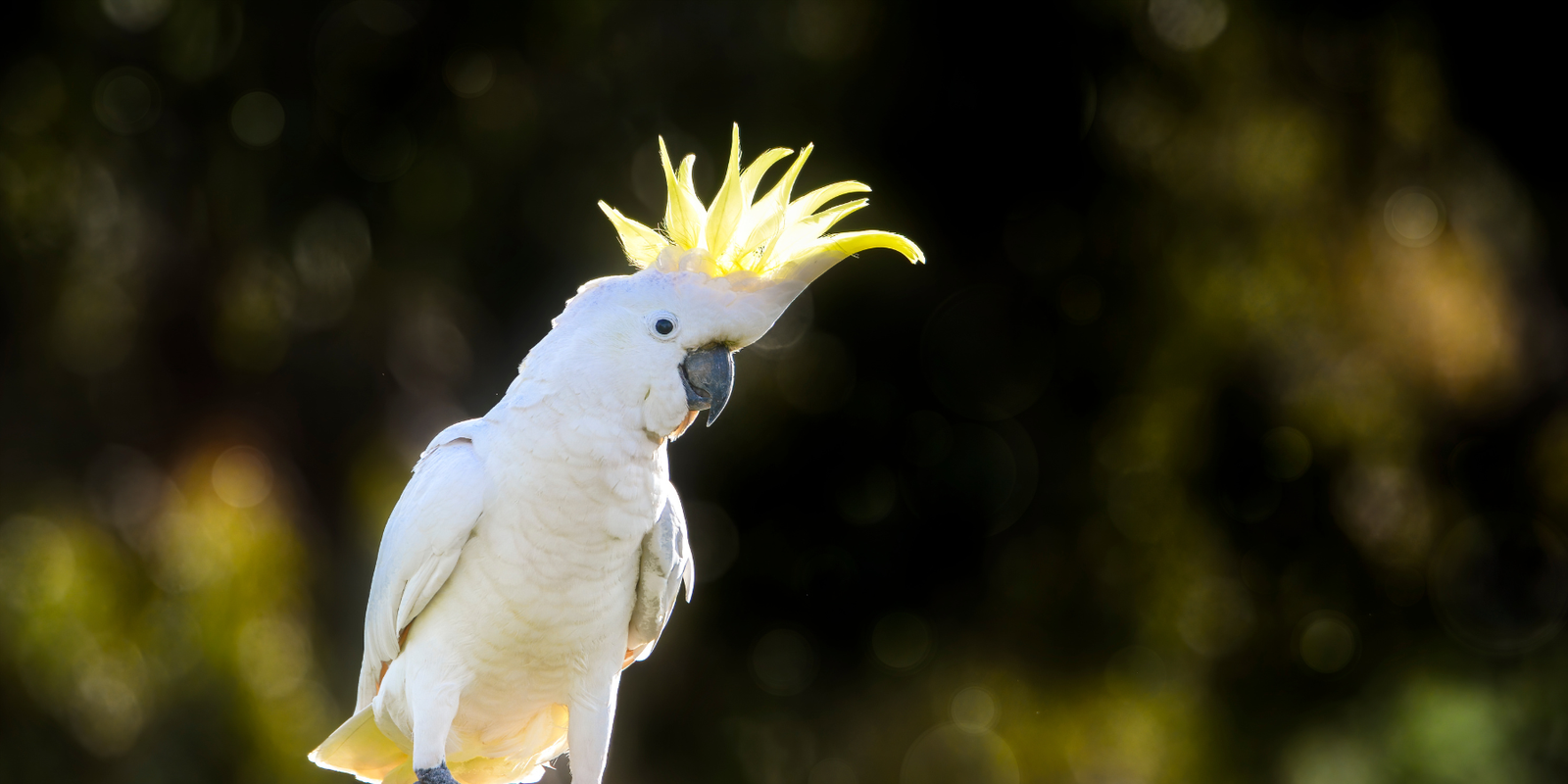Gardening and small-scale farming come with their own set of challenges — and if you’re growing fruit, you’ve probably noticed that birds and bats can sometimes be the biggest obstacles! I recently received a question from Michael about dealing with these pesky visitors, and I thought I’d share some tips that have worked for us here at Rare Dragon Fruit.
Birds and Bats: Know Your Garden Visitors
Bats can be surprisingly determined; they’ll even eat green, spiky fruit! Birds are a huge challenge too — lorikeets, crows, and cockatoos are the usual suspects. Commercial farmers sometimes manage these problems under strict licence conditions, including shooting, but that’s not an approach we recommend for small-scale growers. Some farmers resort to poisons, but we don’t recommend that either — it’s harmful to the environment and other wildlife.
Companion Planting: Nature’s Deterrent
We’ve found that planting companion species around our crops creates a better balance in the natural environment and can help protect fruit. Some of our favourites are:
-
Panama berries
-
Pigeon peas
-
Bananas
By providing plants that birds like more than your dragon fruit, you can sometimes redirect their attention.
Clever Tricks to Protect Your Fruit
Here are a few additional strategies we’ve tried:
-
Rock painting: Paint rocks to look like fruit during the off-season. Birds often mistake them for real fruit and move on.
-
Pick fruit just ripe: Never leave fruit to split on the vine — pick it as soon as it’s ready to avoid attracting wildlife.
-
Netting: While it can be a bit of work, netting is still the most effective way to protect your crops.
-
Laser Lights: these don't work.A Bundaberg Farmer trialed a imported laser light and it did not work on his crop,
A Note on Balance
The key is to work with nature, not against it. By combining companion planting, careful harvest timing, and physical deterrents like netting, you can protect your fruit without harming the local wildlife.








